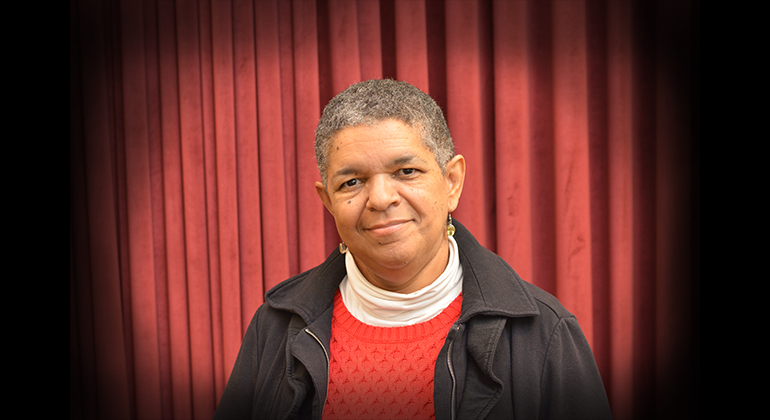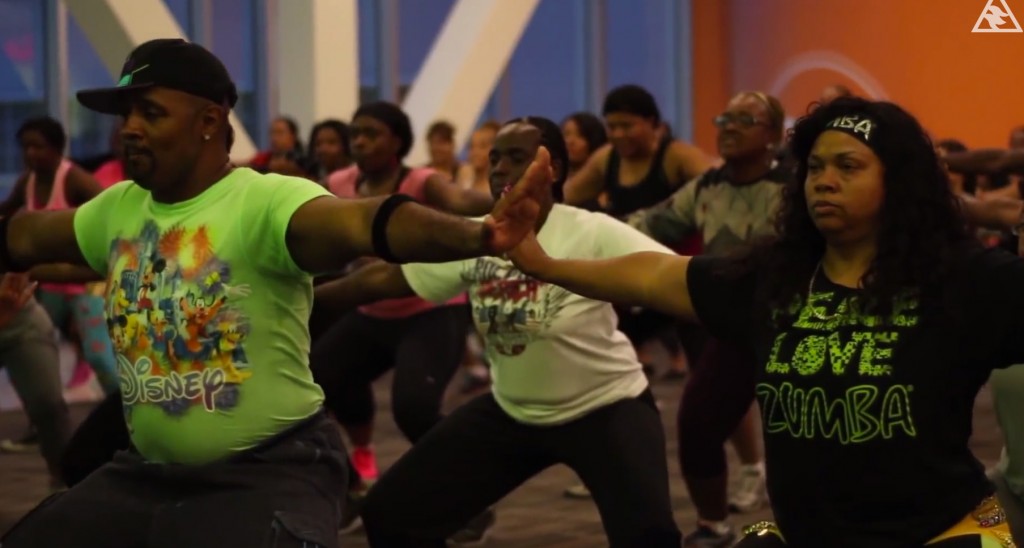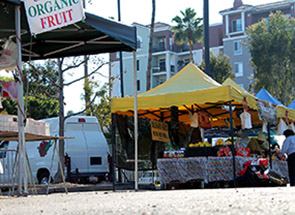
Lark Galloway-Gilliam | re:code LA
Lark Galloway-Gilliam, the founder of activist organization Community Health Councils who pushed for quality health and healthcare in South L.A., has died. She was 61. Among many accomplishments, the native Angeleno helped create an ordinance limiting fast food eateries, recruited grocery stores featuring nutritious options, led the charge against a toxic oil field and brought health education to underserved groups.
An obituary in the Los Angeles touches on the impact of her legacy, cultivated since founding her nonprofit in the wake of the 1992 L.A. Riots:
“As the founder of Community Health Councils, Galloway-Gilliam worked with lawmakers, corporate executives and residents to tackle institutional problems that have plagued South L.A. Along the way, she helped cultivate the next generation of activists by hosting workshops to teach residents how to protect their community.”

















